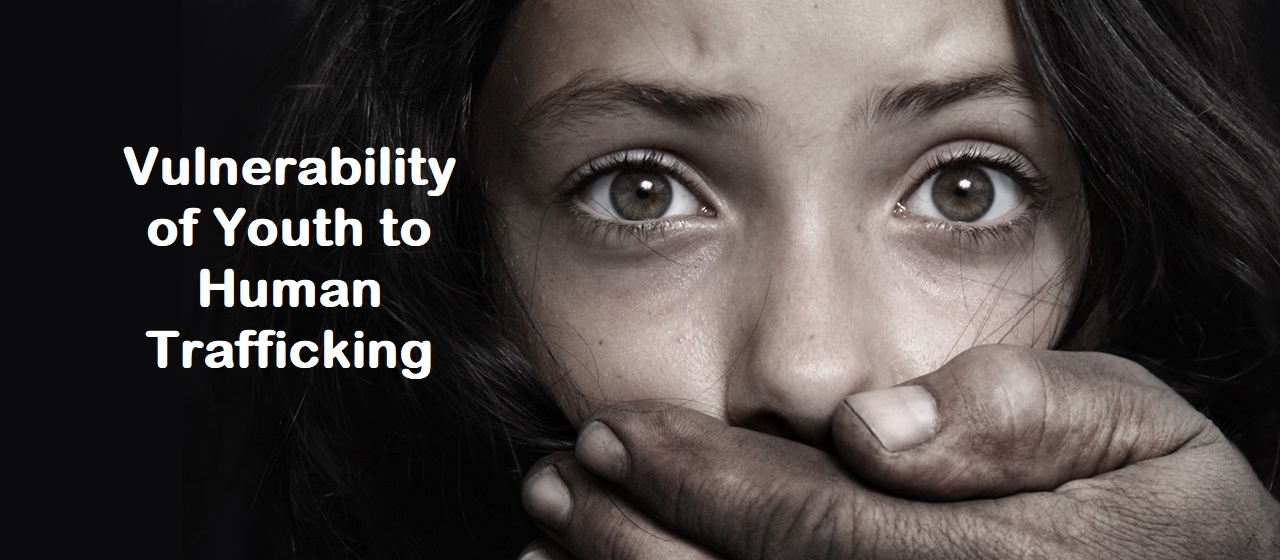Understanding the Vulnerability of Youth to Human Trafficking: Factors and Causes Explored – Human trafficking is a global phenomenon that involves the exploitation of individuals for financial gain. It is a grave human rights violation that affects millions of people worldwide, including vulnerable youth. Youth are at a higher risk of being trafficked due to a variety of factors and causes. In this article, we will explore some of the factors that make youth vulnerable to human trafficking and examine the causes behind this troubling issue.
Factors Contributing to Youth Vulnerability
Poverty and Economic Disadvantages
One of the main factors that contribute to youth vulnerability to human trafficking is poverty. Youth living in poverty are often unable to access basic necessities, such as food, clothing, and shelter, and are more likely to be targeted by traffickers who promise them a better life. Traffickers take advantage of the desperation of youth and offer them employment opportunities, education, or marriage proposals, luring them into a life of exploitation.
Lack of Education and Information
Another factor that contributes to youth vulnerability to trafficking is a lack of education and information. Many youths are not aware of the dangers of human trafficking, and they are not equipped with the knowledge and skills needed to protect themselves. Lack of education can also lead to limited employment opportunities, making youth more susceptible to trafficking.
Social and Cultural Factors
Social and cultural factors also play a role in making youth vulnerable to trafficking. In many cultures, girls are seen as a burden and are often married off at a young age. Traffickers take advantage of this cultural norm by offering marriage proposals to young girls, which often leads to their exploitation. Similarly, in some cultures, it is common for families to send their children to work at an early age. Traffickers take advantage of this practice by offering children jobs, which can lead to their exploitation.
Trauma and Abuse
Youth who have experienced trauma and abuse are also at a higher risk of being trafficked. Trauma can make youth more vulnerable to exploitation, and traffickers often target youth who have experienced abuse, neglect, or other forms of trauma.
Causes of Youth Vulnerability to Human Trafficking
Demand for Cheap Labor
One of the main causes of youth vulnerability to trafficking is the demand for cheap labor. Traffickers take advantage of the demand for cheap labor by offering youth employment opportunities that often lead to exploitation. This demand is particularly high in industries such as agriculture, manufacturing, and domestic work.
Sexual Exploitation
Sexual exploitation is another cause of youth vulnerability to trafficking. The demand for sex work creates a market for traffickers to exploit vulnerable youth, particularly girls. Traffickers often lure girls into sex work by promising them money, drugs, or a better life. Once they are under their control, they are forced to provide sexual services to clients against their will.
Political Instability and Conflict
Political instability and conflict also contribute to youth vulnerability to trafficking. In countries affected by conflict and instability, youth are often displaced from their homes and are forced to flee to neighboring countries. Traffickers take advantage of this vulnerability and offer them employment opportunities or promise to reunite them with their families in exchange for money.
Online Exploitation
The rise of the internet and social media has also contributed to youth vulnerability to trafficking. Traffickers use the internet to recruit and exploit vulnerable youth, particularly girls. They often use social media platforms to target their victims and lure them into a life of exploitation.
Conclusion
Human trafficking is a grave human rights violation that affects millions of people worldwide, including vulnerable youth. Human trafficking is a serious issue that affects vulnerable youth all over the world. Poverty, lack of education, social and cultural factors, trauma, and abuse are all contributing factors that make youth more susceptible to trafficking.
The demand for cheap labor, sexual exploitation, political instability, and online exploitation are all underlying causes of this issue. To prevent human trafficking, it is crucial to address the root causes and implement effective prevention strategies. This includes providing education and awareness about human trafficking, creating economic opportunities for youth, and strengthening laws and law enforcement to hold traffickers accountable. By working together, we can protect vulnerable youth and put an end to human trafficking once and for all.



